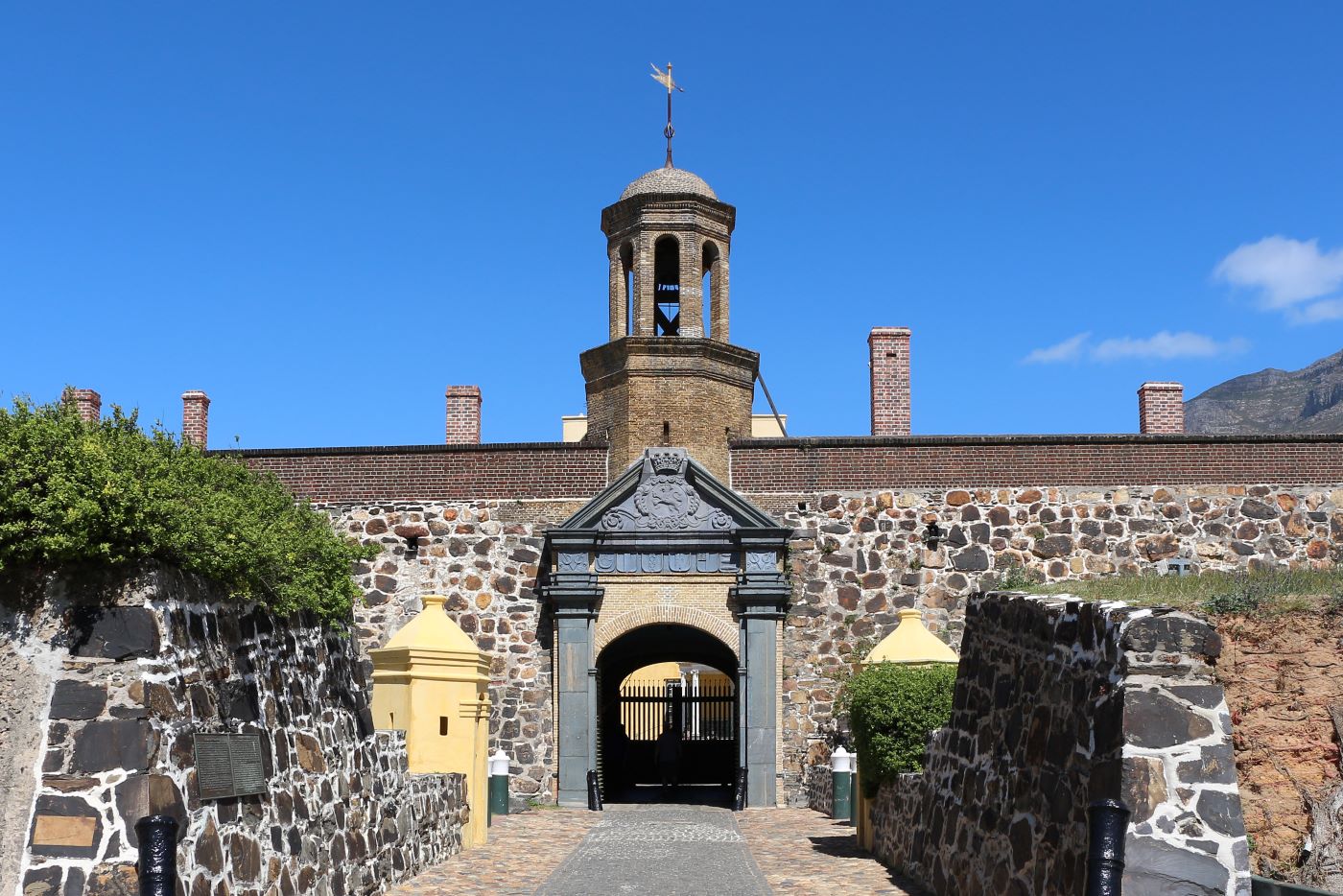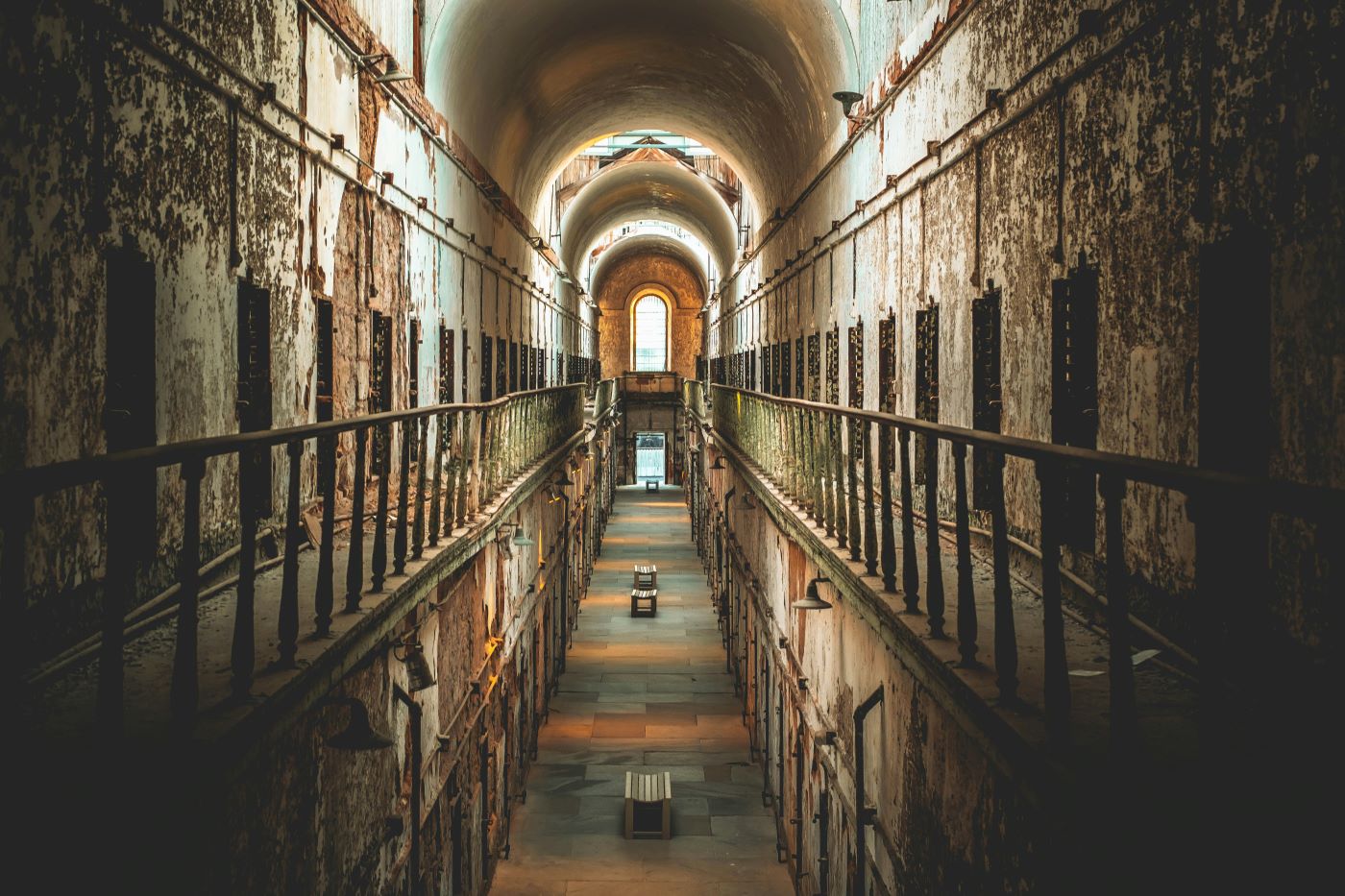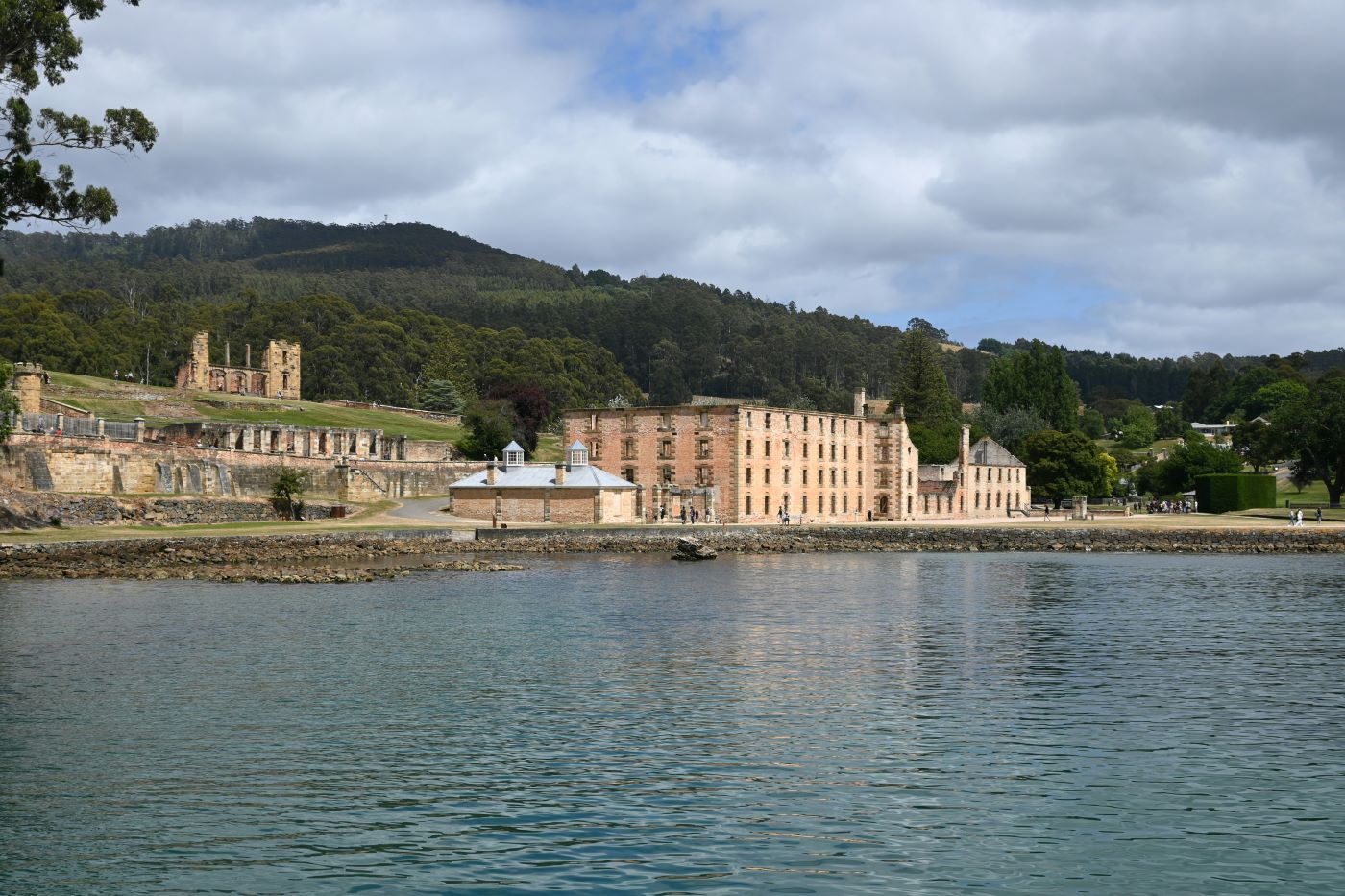Here is the complete, long-form feature article based on your approved outline and editorial brief.
The Castle of Good Hope: The Pentagonal Scar of Colonial Ambition and Unquiet Spirits
In the shadow of Table Mountain, where the Atlantic mist clings to the granite like a second skin, sits a building that defies the natural palette of the Cape. It is painted a jarring, cheerful yellow—a mixture of lime and ferric oxide historically used for waterproofing—but the color feels like a deception. Beneath this bright ochre skin lies a skeleton of rock, slavery, and silence.
This is the Castle of Good Hope. It is the oldest surviving colonial building in South Africa, but to treat it merely as a museum is to misunderstand its nature. It is a scar on the landscape, a geometric manifestation of the Dutch East India Company’s (VOC) ruthless efficiency. For the dark tourist and the historian alike, the Castle represents a vertigo-inducing collision of worlds: a place where genteel officers dined on fine porcelain while, just meters away, the Atlantic tide rose in damp dungeons to extinguish the lives of the condemned.
This is not a travel brochure. This is an autopsy of the corporate macabre.
The Frontier of the Known World
To understand the Castle of Good Hope history, one must first dismantle the romanticized image of the "explorer." In the mid-17th century, the Cape of Good Hope was not a settlement; it was a refreshment station, a majestic petrol station for the wooden ships plying the spice trade between Amsterdam and Batavia (Jakarta).
When the first stones were laid in 1666, replacing an earlier clay fort, this site was the psychological threshold of the European world. To the north lay the wild, uncharted interior of Africa, teeming with lions, elephants, and the indigenous Khoi and San people whom the Dutch viewed as obstacles to commerce. To the south lay the treacherous oceans.
The Castle was built to be the anchor of "civilization," but the civilization it brought was bureaucratic and brutal. It was the headquarters of the VOC—the Vereenigde Oostindische Compagnie—which was not merely a trading company but the world’s first mega-corporation. They possessed the power to wage war, mint coinage, imprison, and execute. The Castle was their regional office, and its ledger books were balanced with spices, timber, and human lives.
The Geometry of Fear: Bastion Fort Architecture
The architecture of the Castle is not decorative; it is a machine designed for killing. It is a classic Star Fort, or trace italienne, a design born from the gunpowder age. The pentagonal shape was a mathematical solution to a military problem: how to eliminate blind spots.
If you stand at the tip of any bastion, you realize the genius of the cruelty. The walls are angled so that defenders on one bastion could fire diagonally across the face of the next, creating a "kill zone" of crossfire that made the walls virtually impregnable. The structure does not hug the landscape; it imposes itself upon it.
The construction itself was an act of dominance. The slate was quarried from Robben Island—beginning that island’s long, dark history of incarceration—and the granite was hewn from Signal Hill. The mortar that binds these stones holds a grim secret: it was made from sea shells dug up from the dunes and burned in lime kilns. The walls are literally built from the crushed remnants of the coast.
The Five Points of Power
The five bastions of the pentagon were named in honor of the titles of the Prince of Orange, the stadtholder of the Netherlands. These names—Leerdam, Buuren, Katzenellenbogen, Nassau, and Oranje—were invoked like incantations of protection against the British at sea and the indigenous population on land.
- Leerdam and Oranje: Facing the mountain and the city, these bastions watched the "domestic" threats.
- Buuren, Katzenellenbogen, and Nassau: These faced the ocean, their cannons trained on the horizon, waiting for the sails of hostile empires.
Today, walking the ramparts offers a strange dissonance. You are elevated above the bustle of modern Cape Town, looking down on the bus terminus and the railway station. Yet, the aggressive angles of the stone force your mind back to the 17th century. The bastions were self-contained islands of defense, capable of holding out even if the courtyard was breached. It is a design born of deep, strategic paranoia.
The Kat Balcony: The Theatre of Judgment
Bisecting the immense courtyard is a secondary defensive wall known as the "Kat" (from the Dutch aardewal or earth wall). But it was more than a defense; it was a stage.
The Kat Balcony, with its fluted columns and baroque flourishes, served as the podium for the Governor. From this elevated position, proclamations were read, laws were enacted, and sentences were handed down. Behind the balcony lay the opulent Council Chamber, a room of teak wood, oil paintings, and crystal—a sanctuary of European refinement.
The horror lies in the proximity. Directly below this balcony, in the dusty courtyard, was the theatre of punishment. This is where the colonial slavery Cape Town narrative becomes visceral. Slaves and soldiers alike were flogged, branded, or strapped to the "Wooden Horse"—a sharp-edged beam that men were forced to straddle with weights tied to their feet, effectively sawing them open from the crotch up.
The Governor could sip his wine in the cool shade of the Council Chamber, the screams of the tortured drifting up through the open windows like the cry of gulls. This architectural intimacy between luxury and agony is the defining characteristic of the VOC’s rule.
The Donker Gat: Whispers from the Dark Hole
If the Kat Balcony represents the height of colonial arrogance, the "Donker Gat" (Dark Hole) represents its depth. For those interested in Dark tourism Cape Town, this is the epicenter.
The Donker Gat was a dungeon used for holding political prisoners and recalcitrant slaves. It is a windowless vault built into the foundations. In the 1700s, the Castle was situated directly on the water’s edge (land reclamation has since pushed the ocean back). This geographical fact was weaponized.
During the wet Cape winters, the water table would rise. The Donker Gat was not sealed against the elements; it was permeable. The ocean would seep through the granite, flooding the floor of the dungeon. Prisoners chained to the walls in total darkness could not sit or sleep. They were forced to stand for days on end, shivering in the rising, freezing brine. To collapse from exhaustion was to drown.
The sensory deprivation here was absolute. No light, no sound but the dripping of water and the groans of dying men. It was a sensory void designed to break the human mind before the body even reached the gallows.
The Curse of Governor van Noodt
The atmosphere of the Castle is thick with stories that blur the line between history and folklore. The most enduring is the Governor van Noodt curse. Pieter Gysbert van Noodt, Governor of the Cape in the late 1720s, was a man of legendary cruelty—a bureaucrat who delighted in the suffering of his subordinates.
In 1729, a group of soldiers, pushed to the brink by starvation and poor wages, attempted to desert. They were caught and sentenced to run the gauntlet and endure long imprisonment. Van Noodt, unsatisfied with this leniency, overruled his council and ordered their execution.
On the morning of the hanging, Van Noodt did not attend. He remained in his chambers in the Castle. As the last mutineer stood on the scaffold, the rope around his neck, he looked toward the Governor's quarters and shouted a final decree: "Governor van Noodt, I summon you to appear this very hour before the judgment seat of God!"
The trapdoor fell. The man died.
Moments later, officers went to report the execution's success to the Governor. They found Van Noodt sitting in his high-backed chair, dead. His face was twisted in a rictus of terror, his eyes wide open, staring at nothing. The doctors found no cause of death. He had simply ceased to exist at the exact moment the curse was uttered. To this day, staff claim to hear the heavy, angry footsteps of a man pacing the corridors of the Governor's quarters—a spirit denied rest, forever inspecting his ledger of cruelty.
Spectral Residents: Haunted Places South Africa
The Castle is frequently cited as one of the most haunted places in South Africa, but the ghosts here are not the friendly spirits of folklore; they are residues of trauma.
- The Lady in Grey: Often seen running through the castle holding her face, she is believed to be the ghost of a woman who witnessed the execution of a lover. Some link her to the presence of Lady Anne Barnard, the socialite who lived there later, though the sorrow seems too deep for a woman of such privilege.
- The Black Dog: A phantom black dog is said to haunt the passageways. It leaps at visitors, aiming for their chests, before vanishing into thin air just before impact.
- The Bell Tower: The bell in the tower above the entrance was walled up for centuries. Legend says a soldier hanged himself with the bell rope, and the bell would subsequently ring on its own, tolling for no one.
These stories serve a function beyond entertainment. They are the cultural memory of the site, a refusal of the past to stay buried. They remind us that stone absorbs emotion, and the Castle has absorbed three centuries of fear.
The William Fehr Collection: Beauty Born of Brutality
Housed within the Castle is the William Fehr Collection, a museum of art and furniture that presents a jarring paradox. Here, visitors walk through rooms adorned with exquisite Cape Dutch armoires, blue-and-white Chinese porcelain, and oil paintings depicting the pastoral beauty of the early Cape.
The craftsmanship is undeniable. The stinkwood and yellowwood furniture glows with the patina of age. But the context is inescapable. These objects were purchased with the profits of the spice trade and the labor of enslaved people. The serene landscapes painted on the walls ignore the violence occurring just outside the frame.
This juxtaposition is the "Architectural Noir" of the Cape. The beauty of the collection highlights the ugliness of its origins. It forces the viewer to ask: who polished this wood? Who washed this porcelain? And where were they sleeping while the master of the house admired his reflection in the glass?
The Military Paradox: Camouflage and Stone
The Castle of Good Hope is not a dead ruin. It remains a working military base, the headquarters of the Cape Town Highlanders (a reserve mechanized infantry regiment). This creates a visual anachronism that is unique to the site.
As you walk through the 17th-century archways, you are likely to pass soldiers in modern digital-camouflage fatigues. The courtyard, designed for muskets and pikes, now sees the parking of armored vehicles. This continuity is significant. It reminds the visitor that the Castle has always been a place of state authority and martial law. From the red coats of the British Empire to the orange, white, and blue of the Apartheid-era SADF, and now the camouflage of the SANDF, the uniforms change, but the purpose of the stone remains the same: the projection of power.
Logistics of the Macabre: The Key Ceremony and Cannon
For the modern visitor, the history of the Castle is performed daily. The Castle Key Ceremony is a reenactment of the unlocking of the castle, a ritual that dates back to the days when the Governor was the supreme authority. It is a moment of pageantry, but listen closely to the rattle of the heavy iron keys—that is the sound of confinement.
More visceral is the firing of the Signal Cannon. Originally used to communicate with ships in the bay, a miniature cannon is now fired daily at 12:00 PM (and 10:00 AM on some days).
Warning: The acoustics of the Star Fort are designed to trap sound. When the cannon fires, the report reverberates off the granite walls with a physical force. The smell of black powder that lingers in the air afterwards is the true scent of the 17th century—sulfurous, metallic, and sharp. It is the smell of the VOC’s authority.
Navigating the Site
For those seeking to explore this site, a strategic approach is best.
- Timing: To truly feel the "damp" atmosphere of the Donker Gat, visit during the Cape winter (June–August). The grey skies and wet stone enhance the sense of isolation. Summer visits offer better views of Table Mountain but can make the bright yellow walls feel deceptively cheerful.
- Guided Tours: While you can wander alone, the official guided tours are essential for accessing the torture chambers and the deeper cells, which are sometimes kept locked.
- The Museums: Do not skip the Military Museum. It offers a grim look at the weaponry used to defend this fortress, contrasting sharply with the fine arts of the Fehr collection.
Conclusion: The Stone Witness
As you exit the Castle, passing back over the moat (now a grassy depression), look back at the pentagon one last time. The Castle of Good Hope is a "Stone Witness." It has observed the displacement of the Khoi, the brutality of the Dutch, the bureaucracy of the British, the segregation of Apartheid, and the complicated freedom of modern South Africa.
It remains an emotionless anchor in a city that changes daily. The VOC is long bankrupt; its shareholders are dust, and its ledgers have rotted. But the shadows they cast in the Donker Gat remain.
The Castle stands not as a monument to glory, but as a warning. It is a testament to what happens when human life is reduced to a line item in a corporate register. The ghosts of the Castle—whether you believe in spirits or not—are the lingering echoes of those who were erased by the machinery of empire. They demand to be remembered, not with fear, but with the solemn recognition that the walls of the Castle were built to keep them in, and us out.
Sources & References
Official Heritage Sites
- Castle of Good Hope Official Website
- Iziko Museums of South Africa (William Fehr Collection)
- Cape Town Tourism Official Guide
Historical Archives & Academic Records
- South African History Online: The Castle of Good Hope
- South African History Online: Pieter Gysbert van Noodt
- TANAP (Towards a New Age of Partnership): VOC Archives
- The Heritage Portal
Academic Publications (Text Citations)
- Worden, N. (1985). Slavery in Dutch South Africa. Cambridge University Press.
- Hall, M. (1995). "The Secret Lives of Houses: Architecture and the Castle of Good Hope." Social Dynamics, 21(2).









